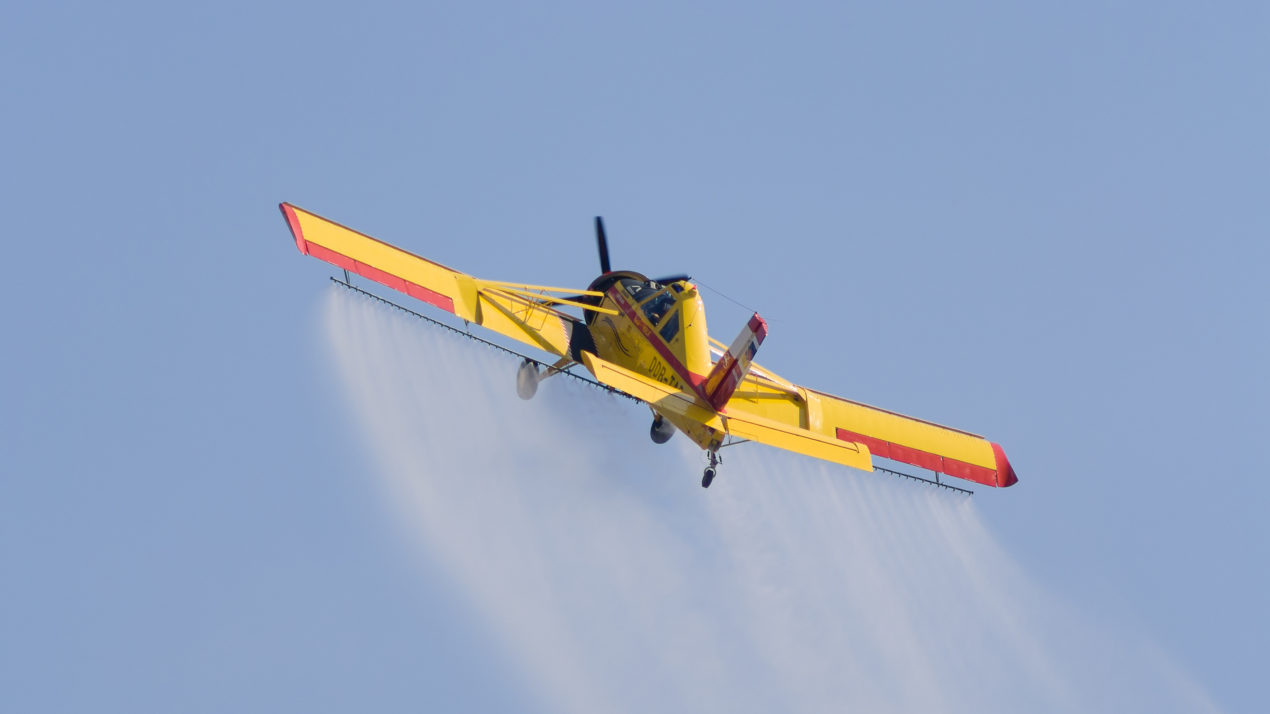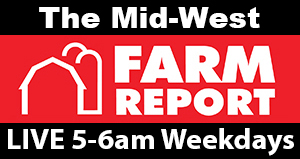
The following is information provided by DATCP:
What: Aerial spraying of mating disruptor to treat for gypsy moth.
When: Wednesday, July 8, 2020 weather permitting.
Spraying can start as early as sunrise and continue until the day’s plan is complete and as weather conditions allow. Aerial spraying requires calm winds, high humidity, and no precipitation. The yellow planes are loud and will fly low, just above the tree canopy. Pets or livestock may be frightened by the noise of the low-flying planes, so keep them indoors or monitor them.
Where: Select sites in Buffalo, Dunn and Chippewa counties. You can view a progress chart and maps of treatment sites at http://gypsymoth.wi.gov.
Why: Treating for gypsy moth is necessary to control the spread of this destructive and invasive pest that feeds on the leaves of oaks, maples, crabapple, birch, and many other species of trees and shrubs.
Product: Planes will apply an organic, biodegradable mating disruptor product. The product is dispersed across the forest canopy as small waxy droplets which slowly release the synthetic gypsy moth mating pheromone.
Female gypsy moths do not fly, but give off a pheromone, or chemical scent, which attracts male gypsy moths. The product applied to the tree canopy emits the same scent. These treatments are highly effective at reducing the mating success of this insect. Past research shows this can reduce gypsy moth populations by over 90% in the subsequent year.
The composition of the chemical signal released is specific to gypsy moth and will not interfere with the lifecycle of other insects. It is also not toxic to people, bees, animals, birds, and plants.
More information:
To learn more about the Gypsy Moth Program, visit https://datcp.wi.gov/Pages/GypsyMoth.aspx or visit the gypsy moth portal at https://gypsymoth.wi.gov/.
To find out daily treatment plan updates, you can do any of the following:
- Call the toll-free hotline at (800) 642-MOTH (6684), press 1 for a recorded message of the treatment plan for that day.
- Connect with us on Twitter (http://twitter.com/widatcp) or Facebook (http://www.facebook.com/widatcp).
- Subscribe to receive gypsy moth email updates at https://service.govdelivery.com/accounts/WIDATCP/subscriber/new.
If you have questions, you can contact program staff through any of the following:
- Call the toll-free hotline at (800) 642-MOTH (6684), press 2 to speak with someone at DATCP or stay on the line to leave a message. Please include your name, phone number, and county of residence in your message.
- Email [email protected].

Leave a Reply